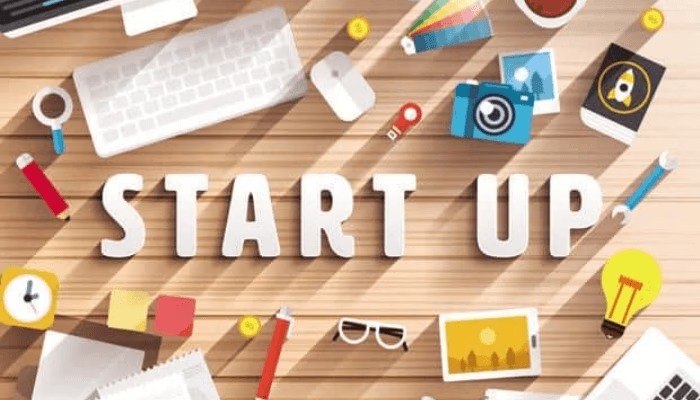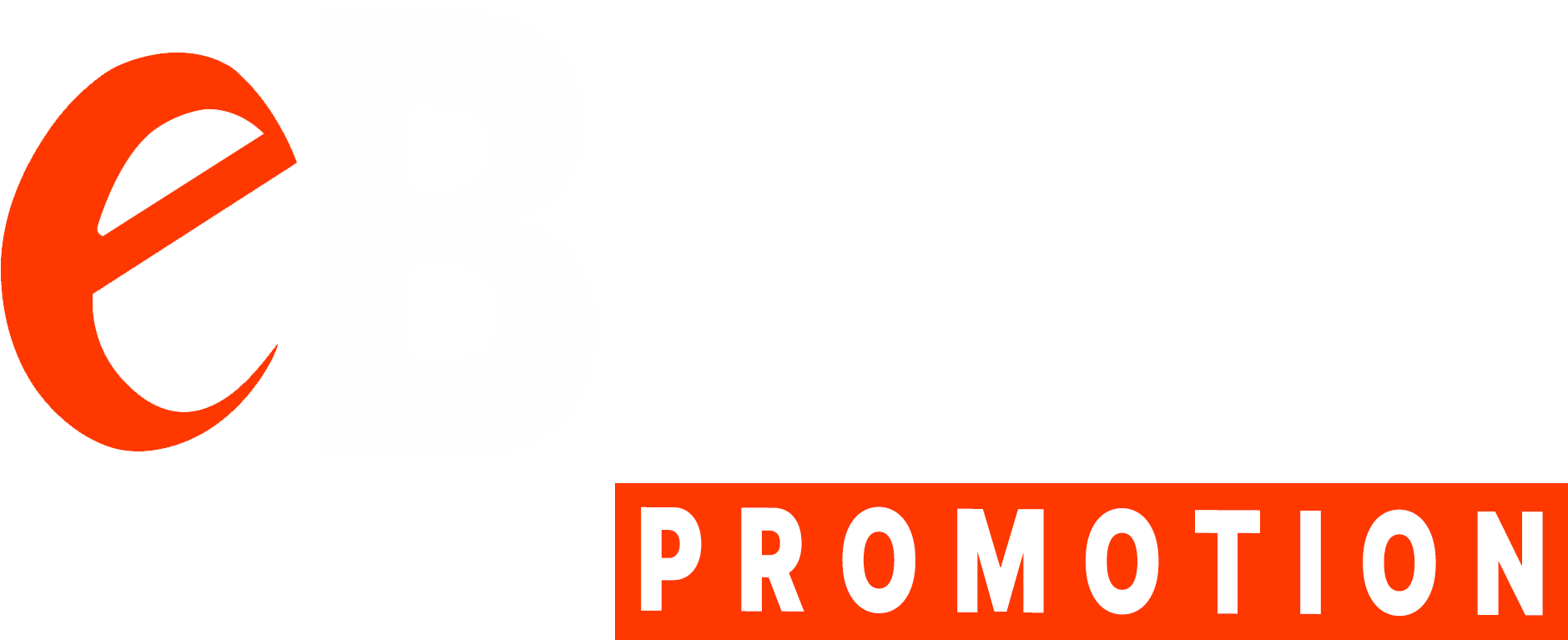Table of Contents
- Introduction
- Validate Your Idea
- Define a Minimum Viable Product (MVP)
- Build a Lean Team
- Choose a Scalable Tech Stack
- Adopt an Agile Process
- Test and Iterate with Users
- Plan for Scale
- Conclusion
Introduction
Nigerian startup founders operate in a landscape filled with both opportunity and constraint. On one hand, the market craves digital solutions at breakneck speed. On the other hand, you face limited funding, patchy infrastructure, and a tight talent pool. You can’t afford wasted effort on features nobody uses. You can’t wait six months for a polished product that misses the mark.
This guide offers step-by-step startup advice to turn your concept into a working product. You’ll find concrete tactics on market validation that weed out false starts. You will learn rapid prototyping methods tailored for tight budgets. You’ll see how to pick a scalable tech stack and adopt an agile workflow.
1. Validate Your Idea
First, confirm demand before you write a single line of code. Skipping validation drains time and money. Instead, follow this four-step process to test your startup concept.
Step 1: Define Your Target User
Begin by painting a clear picture of who benefits most from your solution. Consider:
- Role (e.g., logistics manager, retail owner)
- Industry (e.g., FMCG, fintech, agriculture)
- Location and typical revenue size
A precise user persona keeps your survey and interviews on point.
Step 2: Craft a Concise Survey
Next, draft 5–8 questions that balance closed and open formats. Aim to uncover pain points, current solutions, and willingness to pay. Keep it under two minutes to complete.
| Question Type | Example Question |
|---|---|
| Closed (Yes/No) | Do you currently use any tool to manage your inventory? |
| Rating (1–5) | How satisfied are you with your current solution? |
| Open-Ended | What frustrates you most about your inventory process? |
| Multiple Choice | Which feature would you pay extra for? (e.g., real-time alerts, batch tracking) |
Step 3: Drive 100 Responses with Targeted Ads
Then, set up low-budget ads on LinkedIn and Facebook. Allocate ₦30,000–₦50,000 or about $70–$120 to gather at least 100 completions.
- Target by job title, industry, and location
- Test two ad creatives to see which copy and image deliver a higher click-through rate
- Monitor cost per completion; pause underperforming ads and reallocate budget
Step 4: Conduct 10 In-Depth Interviews
Finally, interview at least 10 prospects who match your persona. Schedule 30-minute calls. Use a flexible script:
- Warm up with their current workflow
- Drill into specific pain points
- Ask which three features would solve their biggest headaches
Record each session, then distill themes into a concise report.
This feedback reveals true pain points and feature priorities. You avoid building unwanted tech. Investors see you base decisions on data, not hunches. Draft your product roadmap from these validated insights and move forward with confidence.
2. Define a Minimum Viable Product (MVP)
Next, map core features that solve your users’ top problem. Drop secondary functions to cut launch time.
| MVP Feature | Full Product Feature |
|---|---|
| User login and profile | Social sharing |
| Core data input/output | Advanced analytics |
| Basic notification | Custom alerts |
This table clarifies scope. You launch in weeks rather than months. You gather real-world feedback fast. Then you refine your roadmap based on actual usage.
3. Build a Lean Team
Then, assemble a small crew with multi-discipline skills. Too many hires drain cash. Start with:
- A product lead who also handles user interviews.
- A full-stack engineer skilled in your chosen tech stack.
- A UX/UI designer who codes basic front-end.
Foster a culture where every member owns results. You cut handoffs and boost speed. You keep burn rate low and morale high.
4. Choose a Scalable Tech Stack
Moreover, pick technologies that fit your team size and growth plans. Compare options:
| Stack | Pros | Cons |
|---|---|---|
| MERN (MongoDB, Express, React, Node) | Fast prototyping, large community | Can outgrow memory on large datasets |
| LAMP (Linux, Apache, MySQL, PHP) | Low hosting cost, proven at scale | Slower development than JavaScript |
| Flutter + Firebase | Single code base for mobile/web | Limited third-party packages |
Assess your talent pool in Lagos or Abuja. Align your choice with local developer availability. You avoid hiring delays and training overhead.
5. Adopt an Agile Process
Next, set up two-week sprints. Hold daily standups and sprint reviews. Use tools like Trello or Jira to track tasks. This approach delivers visible progress every cycle. It invites stakeholder feedback. It prevents scope creep.
Sprint cadence example:
- Sprint planning
- Daily standups (15 minutes)
- Mid-sprint demo
- Sprint review
- Retrospective
This pattern drives accountability. It uncovers blockers early. It fuels continuous improvement.
6. Test and Iterate with Users
Then, share your MVP with a pilot group of 20–50 users. Collect usage data via Google Analytics or Mixpanel. Run the following experiments:
- A/B test headline or call-to-action on landing page.
- Track time to first key action (e.g., submitting a form).
- Poll users in-app after they perform core tasks.
Analyze metrics weekly. Roll out updates every sprint. This cycle refines usability and strengthens product-market fit.
7. Plan for Scale
Finally, prepare for growth. Review your architecture and database. Optimize code to handle 10x traffic. Choose cloud services that let you add servers or database instances on demand.
Key scale-ready checklist:
- Horizontal scaling plan for web servers
- Database sharding or read replicas
- Automated backups and disaster recovery
- Continuous integration and deployment
This readiness reassures investors and keeps your users happy when demand spikes.
Conclusion
Nigerian startup founders who adopt this blueprint shift from idea to product with clear focus and fast execution. First, you validate needs so every feature solves a real problem. Then you build with a lean mindset, cutting unnecessary code and limiting expenses. Next, you select a tech stack that aligns with your team’s skills and growth goals. After that, you embrace agile sprints, delivering updates weekly and adapting based on direct feedback. You launch early, test with real users, and refine features using real-time data. Finally, you plan for scale by optimizing architecture, automating key processes, and setting up monitoring.
By following these steps, decision makers craft tech that works, captures investor interest, and stands out in Nigeria’s crowded startup ecosystem.
Ready to bring your vision to life? Let our experts craft a winning plan for your startup. Request a proposal now at https://ebrandpromotion.com/proposal/ and start building tech that delivers.


